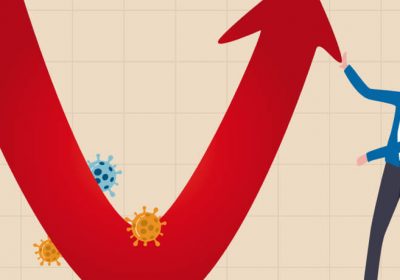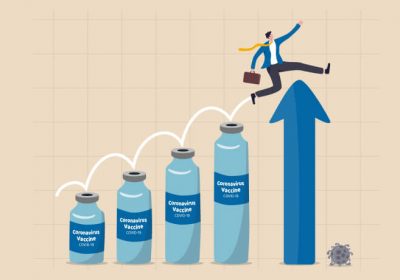
- Author: Stephen Koukoulas
- Posted: August 25, 2020
Green Shoots Remain Elusive
By Chief Economist, Stephen Koukoulas
Amid the slivers of good economic news in retail spending, resources exports and pockets of government infrastructure spending, economic conditions remain problematic.
The cautious reopening of the economy and policy stimulus measures are helping to support the economy but this is being offset as the extended lockdown in Melbourne and other parts of Victoria. While these remain in place, or worse still potentially extend to other cities, it will limit any rebound in activity.
Businesses have adjusted to record low interest rates, which is assisting cash flows and lowering the threshold for new investment. In addition, a range of Federal and State government measures aimed at supporting the economy have, to date, stemmed the economic decline but have not yet sparked a meaningful recovery.
The RBA remains cautiously optimistic about the outlook, with its recent forecasting update pointing to annual GDP growth of 5 per cent in 2021 and 2022 after a 6 per cent fall in 2020. This growth profile would leave the economy running below its potential with the unemployment rate projected to remain at 7 per cent at the end of 2022 and inflation remaining below the 2 to 3 per cent target into 2023. These forecasts assume interest rates will stay near zero right through the forecast timeframe.
Consumers are spending in retail
Retail spending is strong, rising over 12 per cent in the year to July. The reasons are multifaceted but include the government cash payments via JobKeeper and JobSeeker, the drawdown of superannuation and societal and household changes linked to the lock down including working, cooking and eating at home as opposed to going out. The surge in retail spending has been broadly offset by a slump in sending in cafés, restaurants and clubs.
The housing market continues to weaken, with new dwelling approvals declining and house prices trending down in most capital cities. A critical issue over the medium term for housing will be when the international borders reopen and immigration and foreign students arrive thereby adding to demand for dwellings. Until then, housing construction will continue to weaken and house prices will also be under downward pressure.
One favourable aspect of the current economic climate is the resources export sector. While this is a ‘labour scarce’ part of the economy (that is not many jobs are created in mining), generally high commodity prices and strong growth in export volumes are boosting international trade receipts and fostering record surpluses. This is feeding into national income at a time when deflationary pressures elsewhere are strong.
Sentiment remains patchy
The various surveys of business confidence and consumer sentiment are generally weak. There appears to have been some rebound in business sentiment but this appears to be more of a relief that ‘things aren’t worse’ than a broader vote of confidence in the economy. Several more months of strong readings will be needed to support any optimism that may be merging.
Consumers, conversely, remain glum. The Westpac and ANZ surveys point to ultra-cautious consumers worried about job prospects, personal finances and the broader health of the economy.
The fragile labour market
Information on the labour market points to only a moderate recovery in employment following the free-fall registered in April. Employment remains more than 500,000 lower than at the start of 2020 with the true deterioration masked by the impact of JobKeeper.
The unemployment rate is 7.5 per cent compared to 5 per cent at the start of the year. Treasurer Josh Frydenberg notes the ‘true’ unemployment rate which captures people working zero hours but receiving the JobKeeper payment is set to rise to around 13 per cent by the end of the year, the highest since the 1930s.
The challenge will be to set a policy framework to restore a strong pace of economic expansion so that the labour underutilisation is reabsorbed as quickly as possible. This is a very difficult challenge for the government.
The budget
Restoring growth and jobs will be a priority in Mr Frydenberg’s Federal budget on 6 October.
With the most recent forecasts from Treasury presenting a sober outlook for the economy over the next two years, a scenario which assumes a moderation of the COVID-19, the case for economic policy reform, including further fiscal stimulus is strong.
At this stage, it is unclear the extent to which the government will use the budget and fiscal policy to support growth. It is increasingly clear that the economic outlook is heavily dependent on the COVID-19 pandemic being contained. While the economy does need support, the government has an eye on the budget deficit and government debt which in gross terms is set to exceed $1 trillion in 2022-23.
That said, at the top of the agenda at the moment is a potential bring forward of income tax cuts, a ramping up of infrastructure spending and additional measures to support business investment. If implemented that would help to support the broader recovery.
In terms of monetary policy, there was unsurprisingly no change in the RBA cash rate target of 0.25 per cent and this is unlikely to change for many months, possibly even years.








